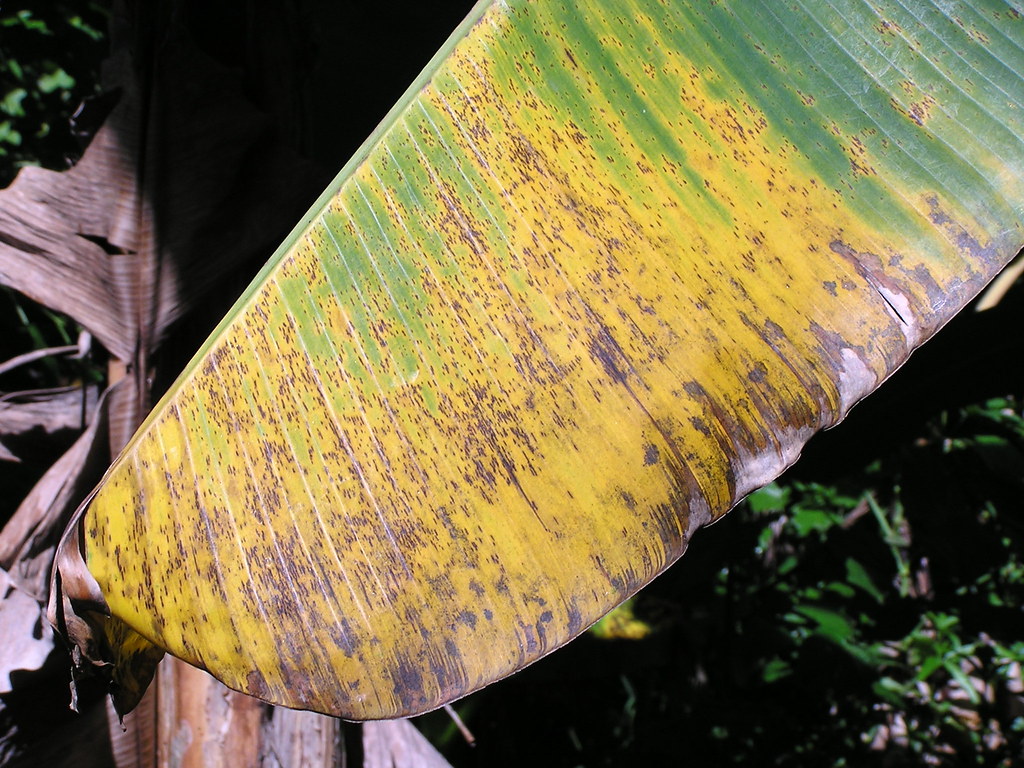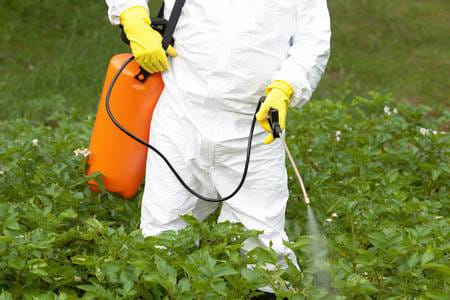
By George Munene
The banana plant is a low maintenance hardy herbaceous crop, but the yellow sigatoka is amongst the few diseases that severely effects it. Caused by a fungus, mycosphaerella musicola, it is often characterised by yellow spindle shaped spots on the surface of banana foliage.
The disease is also referred to as leaf spot, leaf streak, sigatoka disease, sigatoka leaf spot, mycosphaerella leaf spot and mycosphaerella fijiensis.
Symptoms
Yellow sigatoka is most prominently characterised by:
- The earliest symptom are light yellow spots starting with the third and fourth leaves from the top, i.e., the youngest leaves.
- If unchecked, some of this spots turn dark brown, widen, and become oval shaped.
- The centre spot where the leaf is most afflicted eventually turns light grey with a ring of brown and withers.
- At its most severe, many of this spots merge and weather the entire leaf.
Yellow sigatoka is especially contagious in higher altitude regions over the rainy season and when temperatures are above 21°C
Effects
- Decrease in photosynthetic area leading to reduced bunch sizes
- Shortened green life—period between harvesting and ripening.
The flesh of fruits from infected plants exhibit a pinkish hue and keep poorly.
Related News:Kirinyaga farmers increase earnings threefold selling bananas as a group
How to control/ treat yellow sigatoka
Cultural methods
- Ensure your farm is properly drained and there is little water logging
- Removal and control of weeds
- Deleafing- sanitary removal of entire diseased leaves or parts of them
- Cutting out diseased suckers
- Avoid overpopulating your bananas. Use the recommended spacing for planting different banana varieties
- Cut off and burn old dried infected leaves
Related News:Stem cutting potato seed production method reduces pests and diseases by half
Related News:Fact sheet on controlling panama disease in apple bananas
The conidia/spore of the fungus is passed on by rain water, wind and old dry infected leaves
Chemical methods
- Dithane M-45 (in water)
- Dithane M-45 WP (in an emulsion of oil and water)
- Foliar spray of Copper Oxychloride (3 g/litre of water)
- Thiophanate Methyl (1 g/litre of water)
Alternate chemicals to avoid the disease building up tolerance.
Write comment (0 Comments)
















